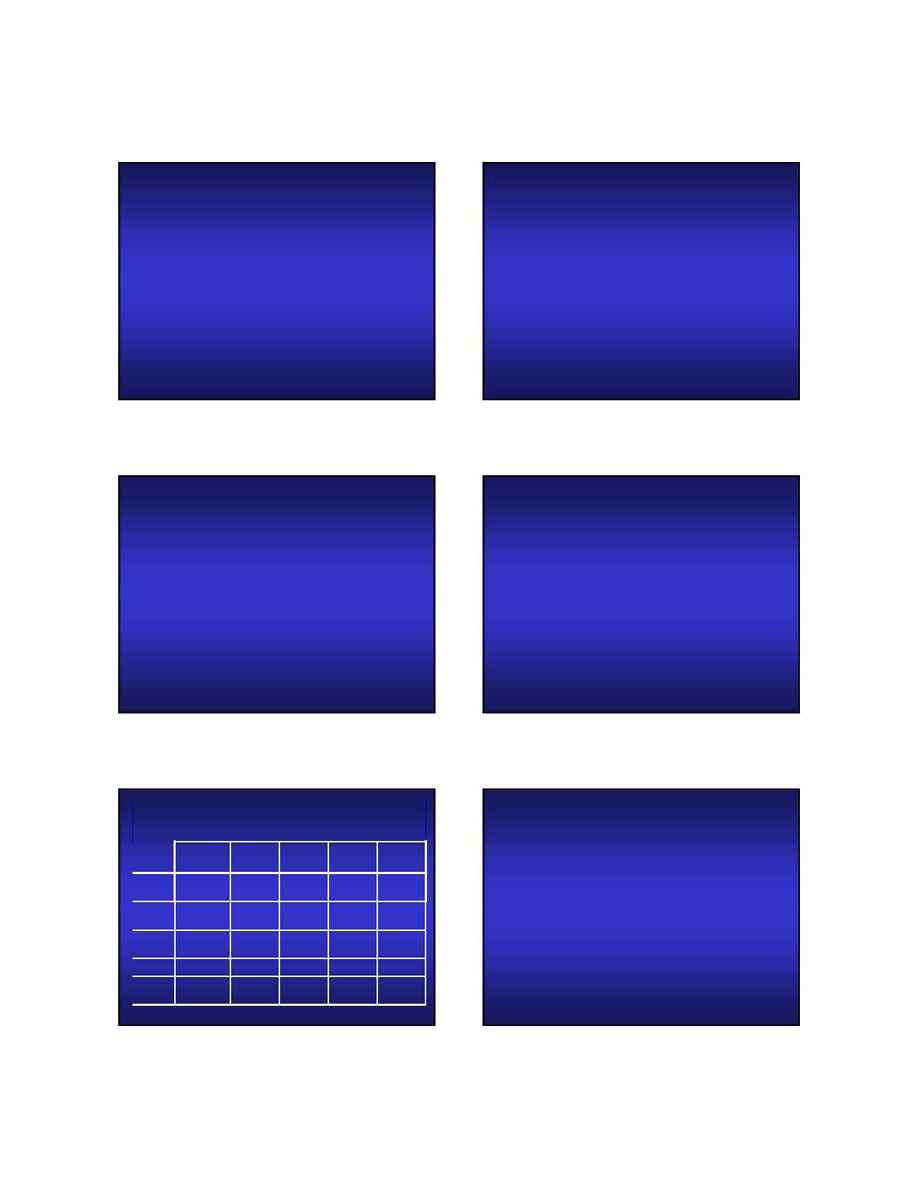Wilderness Medical Society snowmass 2005 Page 50

1
Altitude Illness Year in Review
Peter Hackett, M.D.
President, International Society for Mountain
Medicine
Altitude illness
· Hypoxic stress overcomes acclimatization
· Any altitude over 8,000 ft.
· Usually strikes during initial ascent
· Brain
acute mountain sickness
cerebral edema
· Lung
pulmonary edema
AMS diagnostic criteria
A recent gain in altitude
Headache and one of these:
- gastrointestinal upset
- fatigue or weakness
- dizziness or lightheadedness
- difficulty sleeping
(no neurologic findings)
HACE diagnostic criteria
Progressive neurological deterioration in a
person with AMS or HAPE
The hallmarks are ataxia and change in
consciousness.
(Singh et al.,
1965; 1969)
2.3-16
?
5500
?
Indian
soldiers
(Cremona, 1999;
Maggiorini
1990)
5
27
4559
?
Mt.
Rosa
(Hackett, 1986)
2-3
30
6194
1200
Denali
climber
s
(Hackett et al.,
1976; Murdoch,
1999)
1.6/0.05
23-47
5500
6000
Everest
trekkers
Honigman, 1993
.01
18-42
3500
30 x 10
6
Western
US
Ref
%HAPE/
%HACE
% AMS
Max Alt
Reached
# Risk/Yr
Incidence of HAI in Various Groups
Altitude illness: Risk factors
· Genetic susceptibility
· Residence < 1000 m
· Fast rate of ascent
· Altitude reached
(to a point)
· Past history of HAI
· Age < 50 for AMS
· Exertion
· Pre-existing illness? Especially for HAPE
